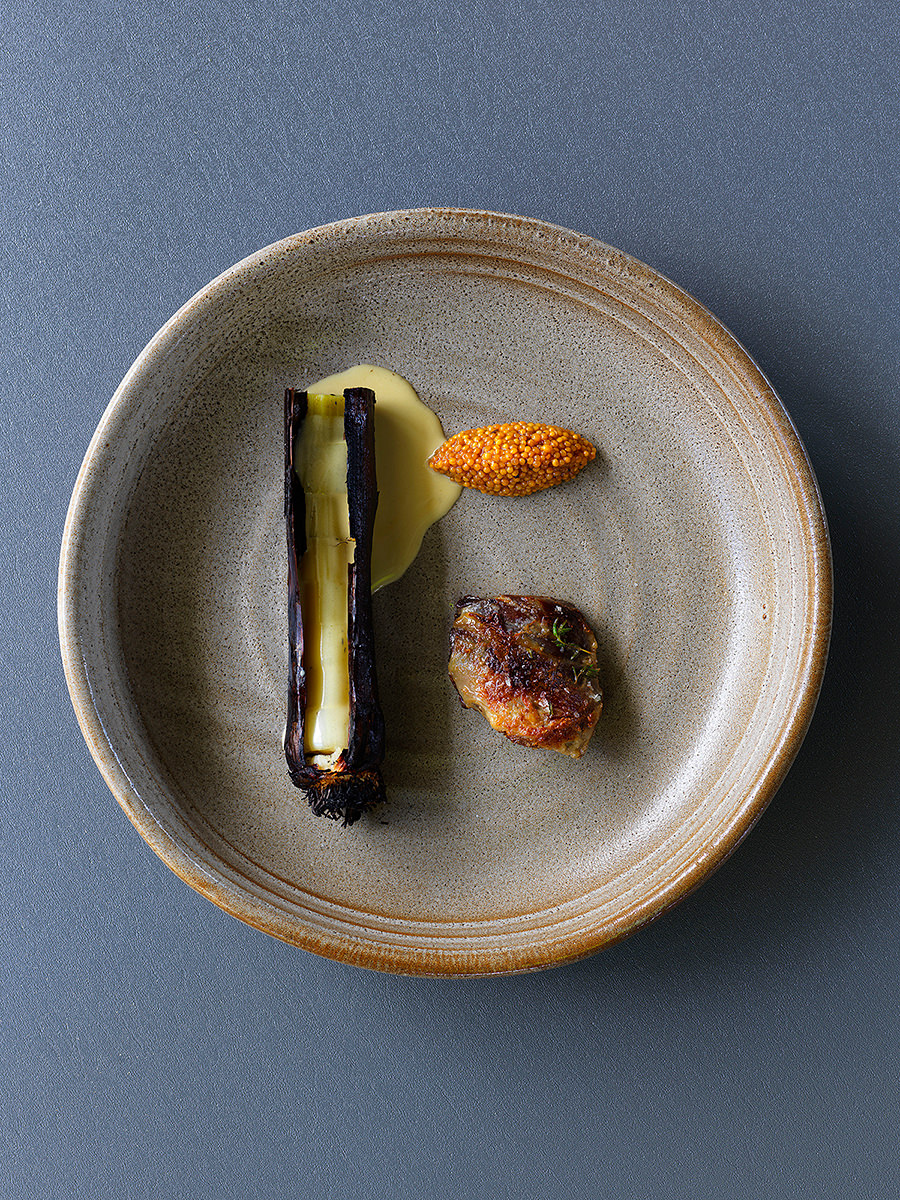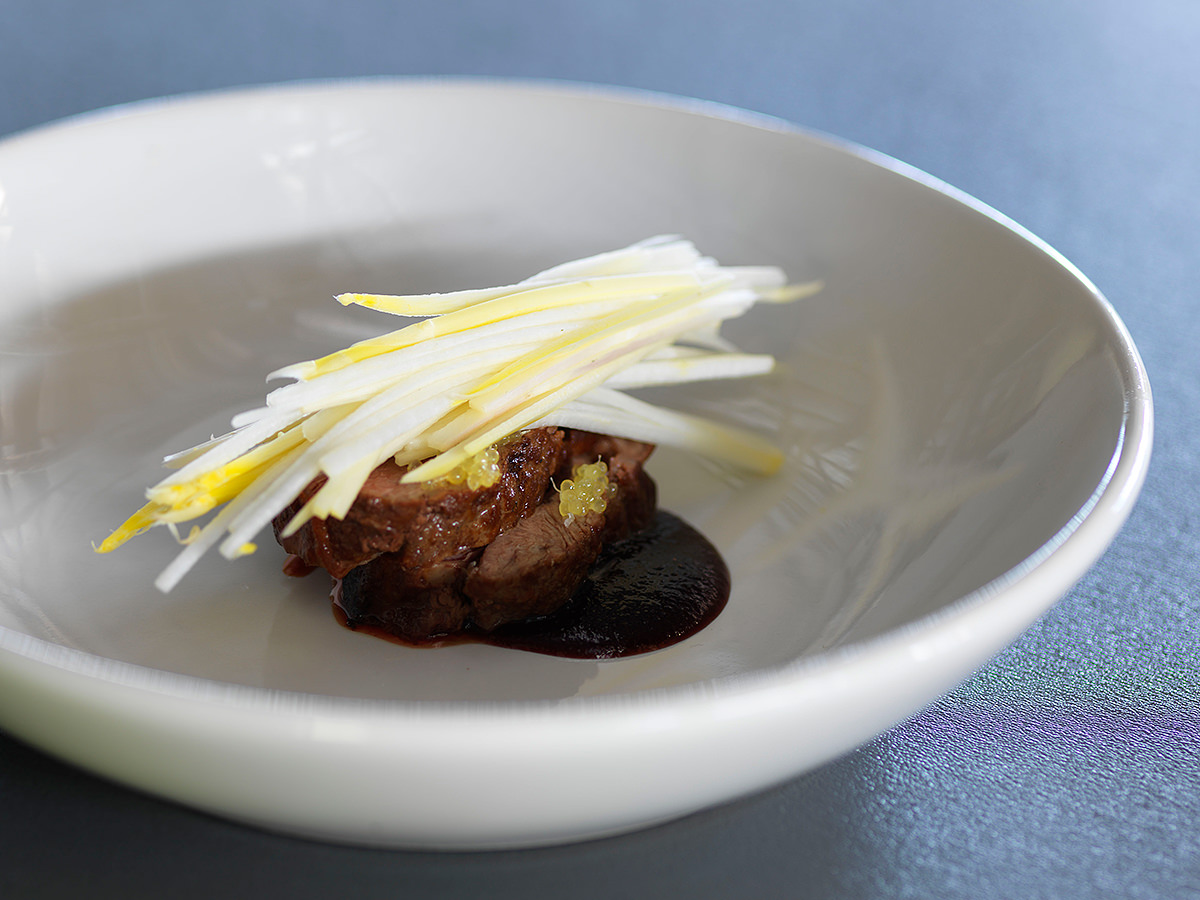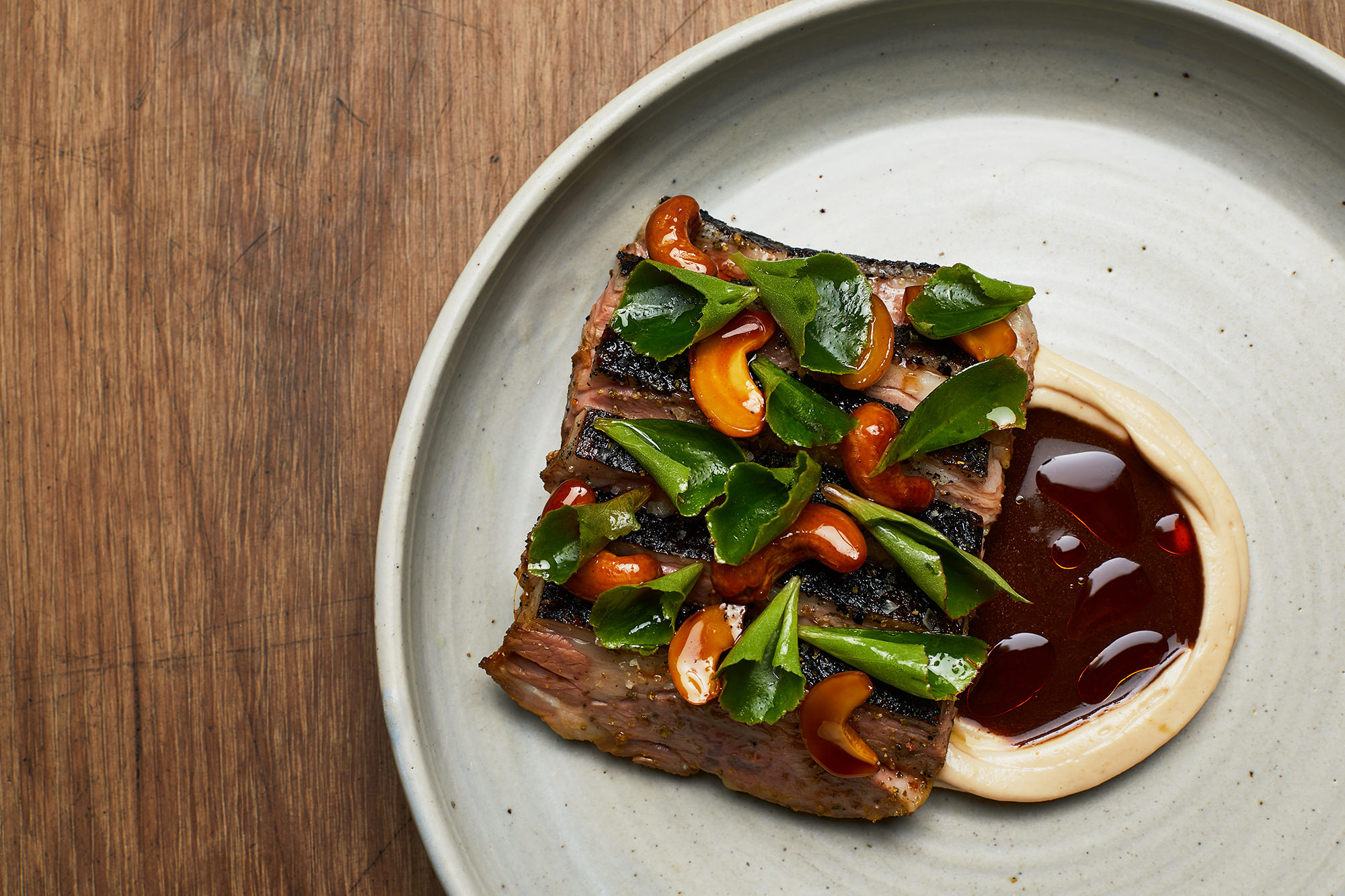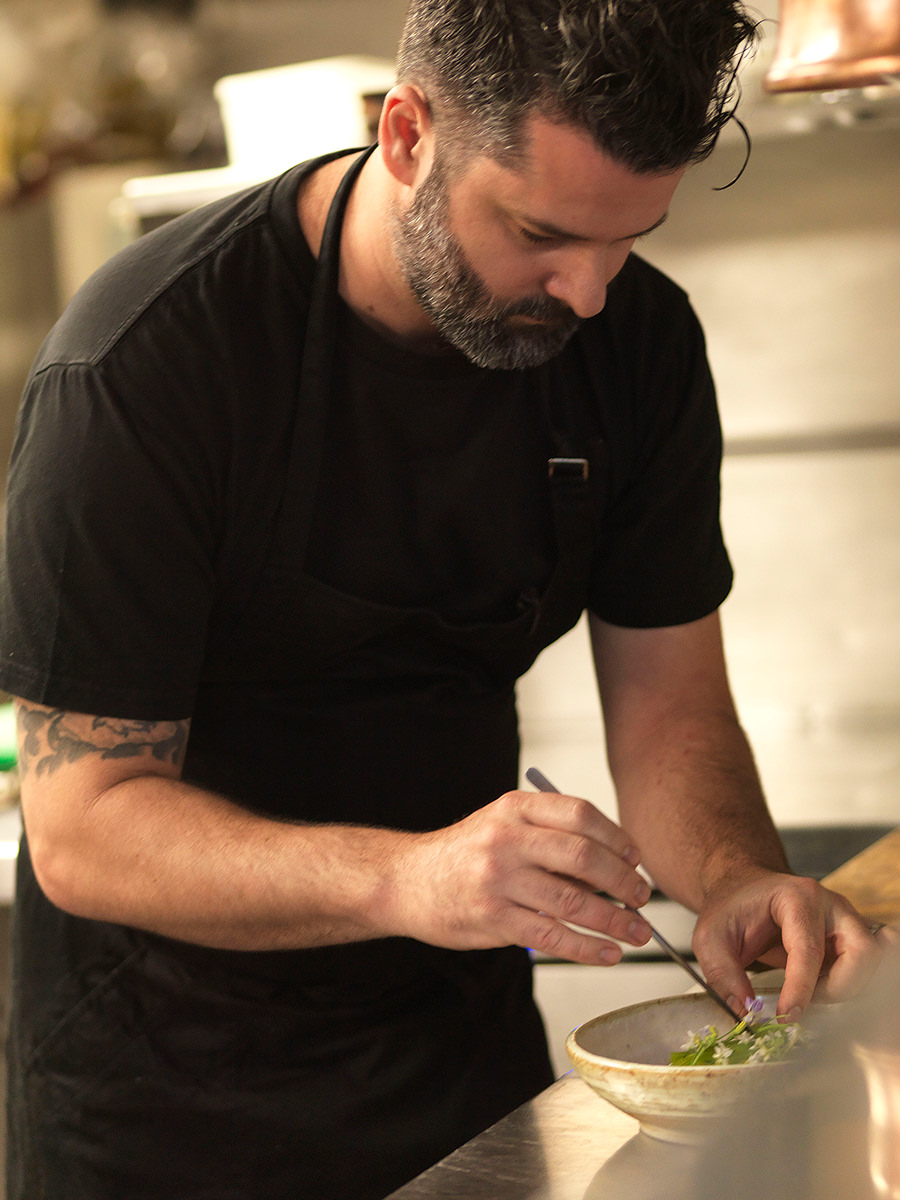Editors’
Letters

Twelve months on and we are back to where it all began with our second Autumn Lamb issue and this time we welcome Alanna Sapwell into the editor’s seat. We baited and hooked the former seafood-slinging chef and with her feet firmly back on the ground embarked on an all-out Australian lamb adventure.
The concept of nose to tail is nothing new but its evolution from a buzz-word to a meaningful philosophy being embraced from paddock to plate is exciting. Chefs are not only now utilising a greater range of cuts but also exploring back-to-basic and modern techniques and preparations to improve flavour and experience. On-farm, innovations and industry research are progressing eating quality attributes across the carcase and improving the potential of products like hogget and mutton.
In the same vein, sustainability is another term that has been trotted out on trends lists for the better part of a decade but what we are seeing now is a more conscious effort to understand and embrace it through the supply chain. Sustainability is not only about conscious production, use and awareness of environmental footprint but also the sustainability of the future of our industries. Leadership, forward-thinking and instigation of meaningful change is essential in moving us forward in the paddock and on the plate.
I’ll let the issue do the talking and bring these themes to life through real people, places and processes – but as your editor, I want to say that it has been a really inspiring issue to put together. I hope that you are as encouraged as I am to see how far we have come and the effort going in on both sides of industry to be better.
Mary-Jane Morse
Foodservice Marketing Manager
Meat & Livestock Australia
[email protected]
@_raremedium
There’s nothing more heartwarming than a trip to the country. The endless hospitality you find there is something I aspire to.
Charlie and Eleanor at Haddon Rig are genuine farmers – a role that means a constant reassessment of the way they operate and a constant push to innovate. They’ve tackled things like the stigma of hogget and mutton by trialling dry ageing methods to break down the proteins and surprisingly leave it with a cleaner, yet more distinguished taste. On their 62,000-acre property near Warren (just north of Dubbo) they’ve diversified their business to counter moving markets and give them flexibility – they grow a range of crops like cotton for additional income but also to retain the seed to feed their animals.
At the forefront of their priorities are their employees. They’ve put into place a beautiful culture, giving the staff a place by the river to take a break from what is often a seven day week and a kooky wall of fame from their collective countries. Many of them don’t want to leave and I can see why.
On the other side of Australia on our Roadies trip to Margaret River, we also got to experience various examples of how the influence of many cultures provide the WA food scene with a mix of lamb cuts and methods from tongue to bone marrow rice and everything in between.
Our mission statement was to get out and about and to eat some lamb. What I learnt in the process, through the thoughtful farmers I met and the practices they employ, reinforces what I want to achieve with the restaurant. It also encouraged and reminded me how we can support one another in the food industry.
Big shout out to the gang – MJ, Macca and Jarrod for one hell of a ride x
Alanna Sapwell
Head Chef
Arc Dining
@alannasapwell
Copyright: this publication is published by Meat & Livestock Australia Limited ABN 39 081 678 364 (MLA).




































